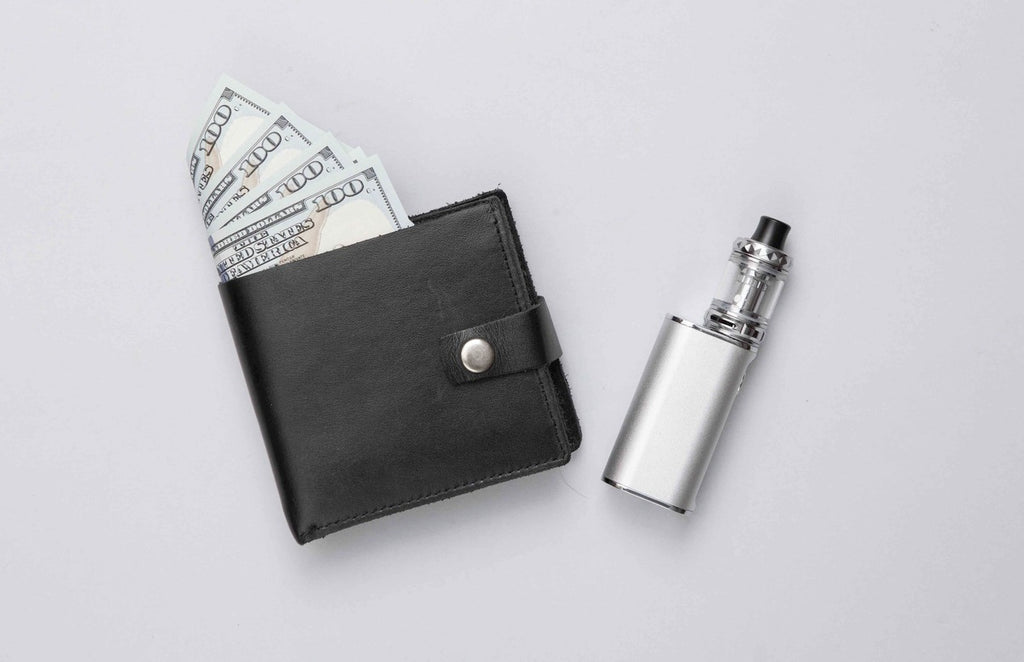Why do my vapes cost so much? The Canadian Excise Tax on Vaping Products: Understanding its Impact

In recent years, the popularity of vaping has grown significantly, leading to the emergence of a thriving vaping industry. However, alongside this growth, governments around the world have recognized the need to regulate the vaping market, including the implementation of excise taxes. In Canada, the introduction of an excise tax on vaping products has sparked discussions and debates. This blog post aims to shed light on the Canadian excise tax on vaping products, its purpose, implications, and the ongoing discourse surrounding it.
Understanding the Excise Tax on Vaping Products: The Canadian excise tax on vaping products was introduced in 2019 as part of the federal government's efforts to address the potential risks associated with vaping. The tax applies to all vaping devices, e-liquids, and their components, including cartridges and coils. It is levied at a rate of 10% of the retail price, with the intention of discouraging youth vaping and generating revenue for public health initiatives.
Implications for Vaping Consumers: The implementation of the excise tax has led to increased prices for vaping products in Canada. Vaping enthusiasts, particularly those who rely on vaping as a less harmful alternative to smoking, have voiced concerns about the affordability and accessibility of these products. The tax has prompted some individuals to explore alternative channels, including the purchase of vaping products from unauthorized sources or resorting to traditional cigarettes.
Impact on the Vaping Industry: The excise tax has had mixed implications for the vaping industry in Canada. While some argue that it levels the playing field with traditional tobacco products and helps fund public health programs, others believe that it places an unnecessary burden on a harm reduction tool. The tax has also affected smaller businesses and manufacturers who may struggle to absorb the additional costs or pass them on to consumers.
Addressing Youth Vaping Concerns: One of the primary motivations behind the excise tax is to deter youth vaping. The tax aims to increase the price of vaping products, making them less affordable for younger individuals. Supporters argue that the tax serves as a preventive measure to discourage youth from starting or continuing to vape. However, critics contend that education, regulation, and age verification measures would be more effective in curbing youth vaping rates.
Balancing Public Health and Harm Reduction: The introduction of the excise tax reflects the government's commitment to public health. However, it is crucial to strike a balance between discouraging youth vaping and ensuring that adult smokers have access to harm reduction alternatives. Ongoing discussions centre around finding effective policies that protect public health while supporting adult smokers' transition away from traditional tobacco products.
The Canadian excise tax on vaping products represents the government's effort to regulate the vaping industry and address concerns related to youth vaping. While the tax has led to increased prices and sparked debates, it underscores the importance of public health and harm reduction strategies. As the vaping landscape continues to evolve, it is essential for policymakers to consider evidence-based approaches that foster a balance between protecting youth and supporting adult smokers in their quest for healthier alternatives.

